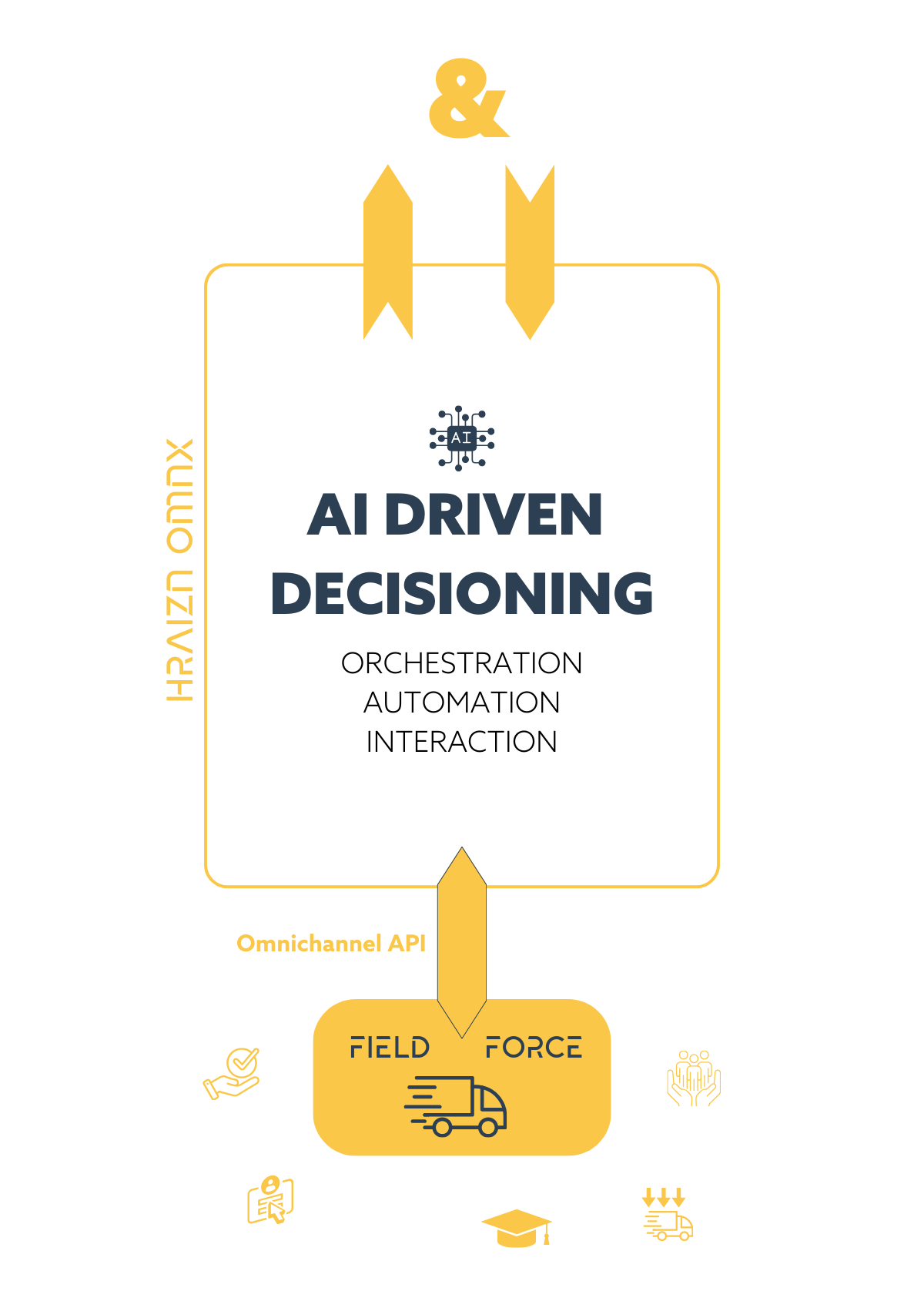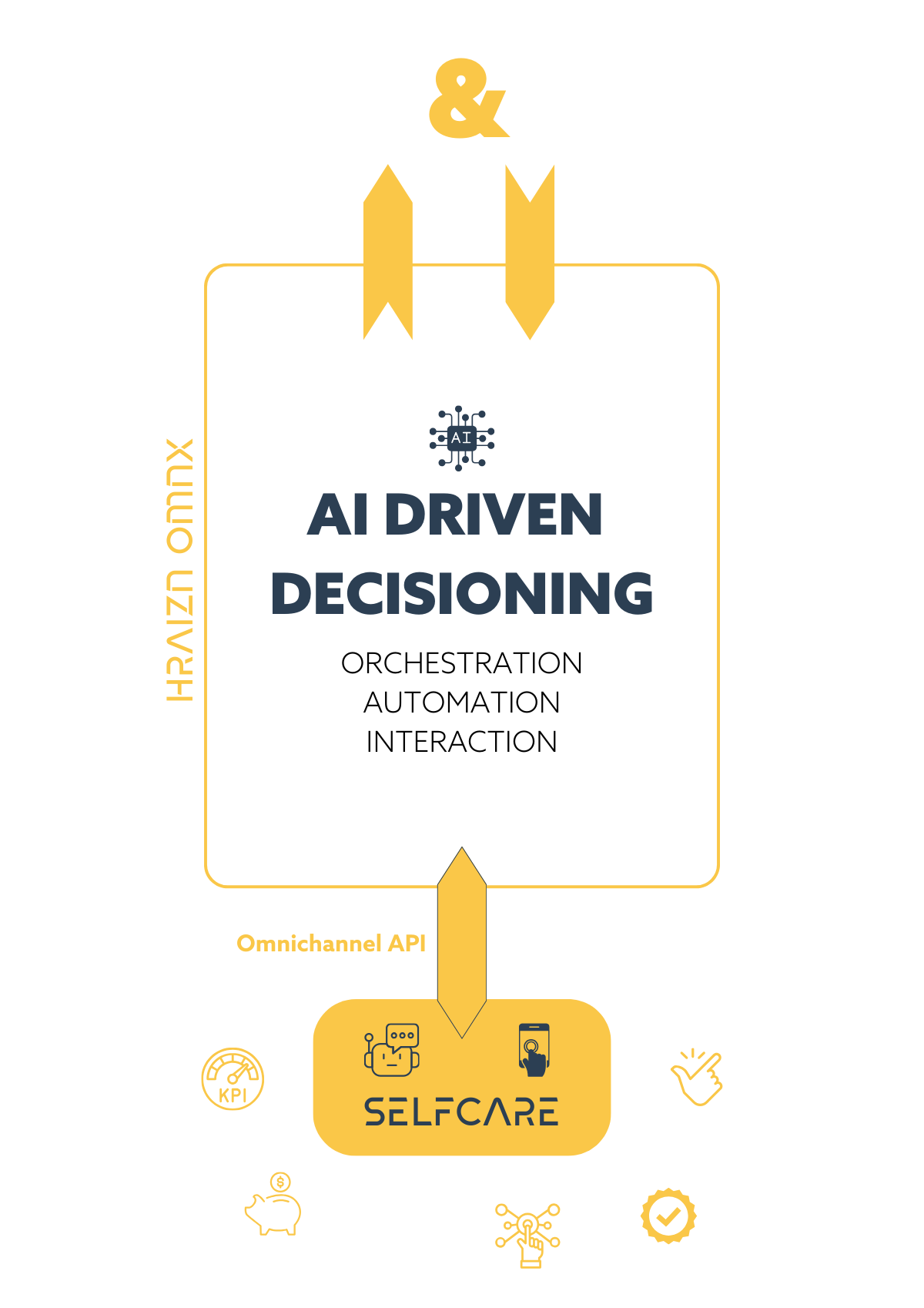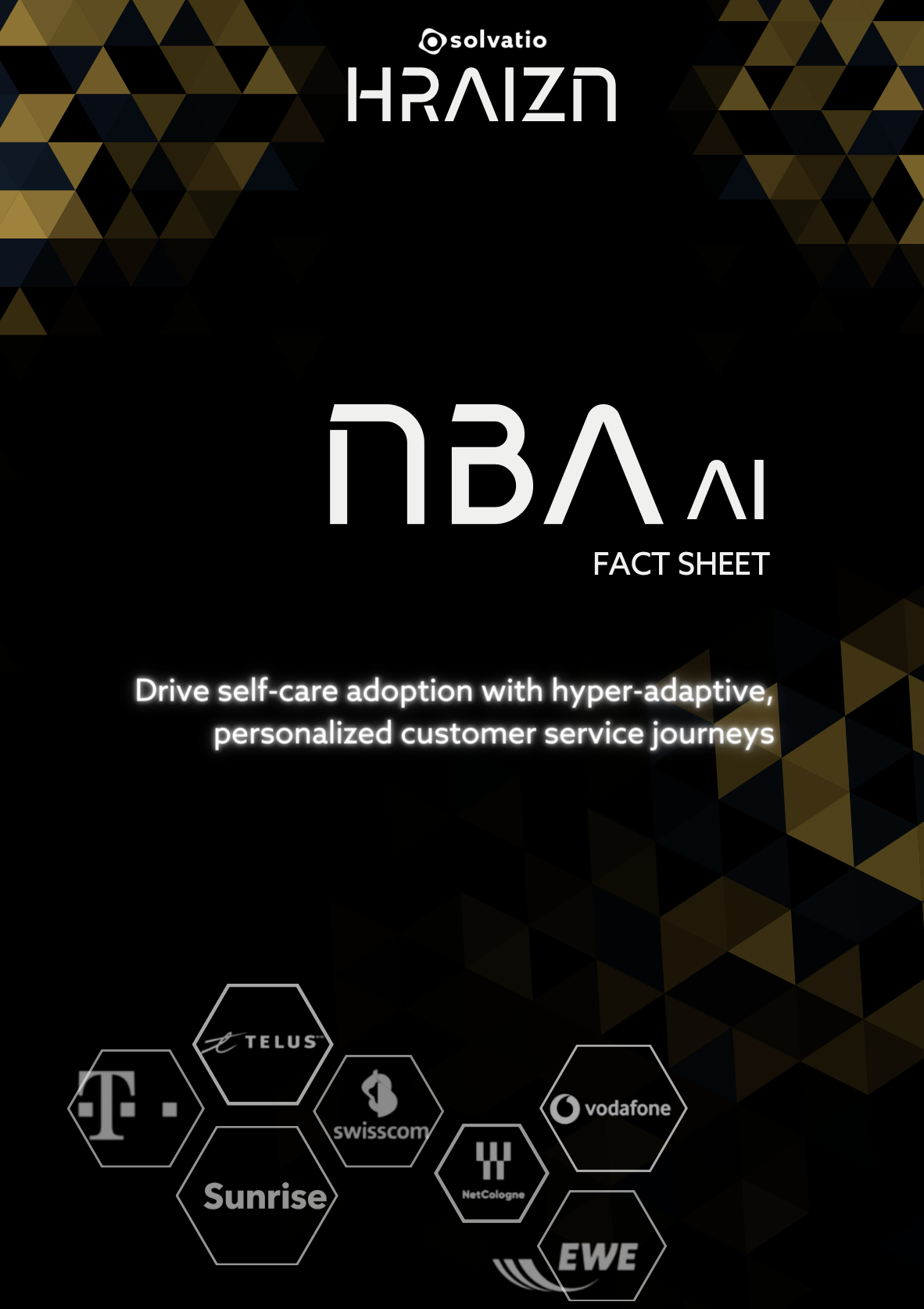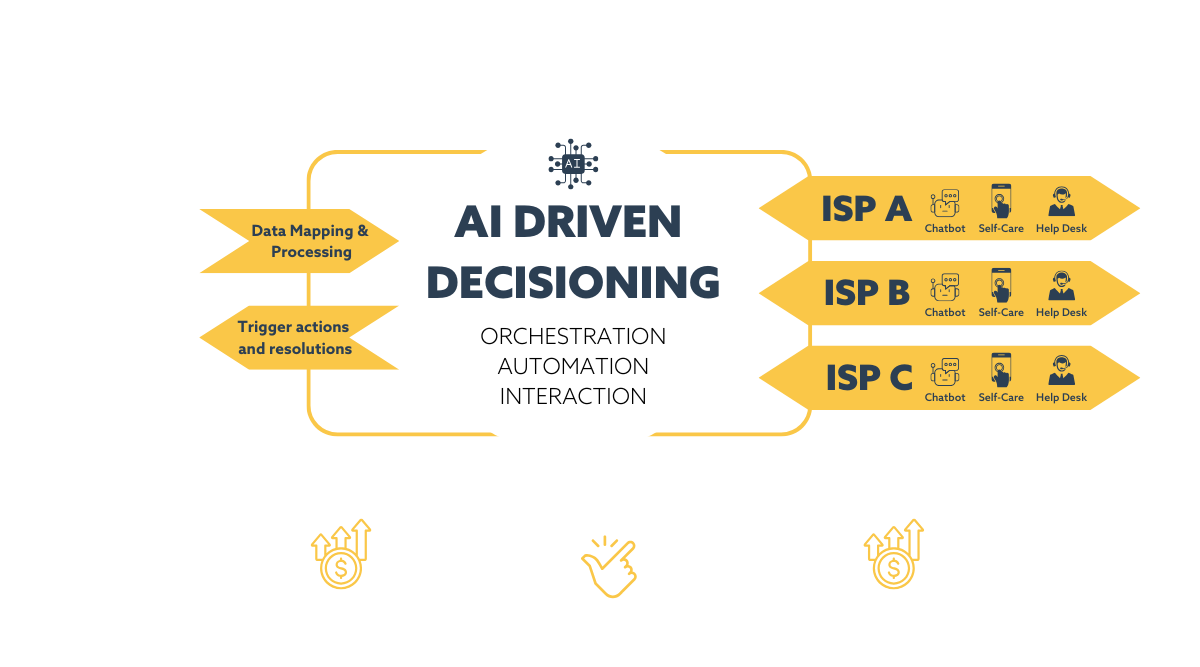And Why Does it Matter?
What is Infrastructure as Code (IAC) and Why Does It Matter?
Infrastructure as Code, often abbreviated IaC, is a way of managing your IT environment that brings many benefits to DevOps teams. In short, it’s the process of using programming languages to define, deploy and manage infrastructure in an automated way. IaC helps teams automate and manage IT workflows, allowing them to create a more efficient system that is easier to maintain and scale up as needed.
How is IaC used by DevOps teams?
To better distinguish the two concepts, we can compare Infrastructure as Code (IaC) and DevOps with a factory production line. IaC provides the instructions for how to build the product, just like an assembly line. In contrast, DevOps ensures that these instructions are followed in an efficient manner, using automation tools and testing procedures. IaC refers purely to infrastructure – code-managed resources to generate infrastructure in an automated and repeatable way. DevOps is about bringing software into this infrastructure, testing it and updating it in an automated way.
For DevOps teams, IaC offers key benefits when compared to traditional manual processes. By automating the infrastructure provisioning process, IaC enables DevOps teams to quickly and accurately deploy code, manage updates, and ensure availability. This is especially useful when managing multiple environments or when making frequent changes across large systems. IaC also helps teams keep track of configuration changes over time, making it easier to debug problems and return systems back to their original state if needed.
What Are the Benefits of Infrastructure as Code?
IaC benefits DevOps teams in a number of ways, primarily by allowing teams to:
- Quick deployment
Deploy code quickly and accurately. IaC makes it easier for developers to deploy their code without having to manually configure servers. This helps ensure accurate deployments and reduces time spent on manual configuration tasks.
- Automate processes
IaC allows DevOps teams to automate common tasks and processes, such as provisioning servers and configuring networks. This helps teams save time on tedious manual tasks and ensures consistency across environments
- Track changes over time
By tracking configuration changes with IaC, teams can easily see when and how systems have been changed over time. This helps teams identify and address any issues that arise quickly, without having to manually review every change.
- Enable better collaboration
With IaC, teams can collaborate more easily on code deployments, configuration changes, and other IT operations tasks. By using a single source of truth for configuration scripts, teams can ensure everyone is working from the same set of instructions.
High-Level Use cases of IaC and DevOps
IaC and DevOps are used in a variety of use cases, including deploying applications, managing infrastructure and configuration, and automating IT processes. For example, with IaC, teams can easily deploy applications to multiple environments while maintaining consistent configurations. In terms of DevOps, this ensures that all environments have the same version of an application – deployed quickly and accurately.
Benefits for businesses
The benefits of utilizing Infrastructure as Code (IaC) and DevOps are vast, especially for businesses looking to remain competitive in today’s digital landscape. IaC and DevOps can help organizations scale operations more quickly, reduce manual errors in IT processes, streamline deployments and configurations, and much more. Additionally, they provide high-level use cases, such as designing cloud environments and automating processes.
In Summary
The benefits of Infrastructure as Code (IaC) and DevOps for businesses are undeniable. By leveraging these technologies, businesses can streamline deployments and configurations, automate processes, and create more efficient cloud environments. All of this is done in a fraction of the time with fewer errors than before. Where traditionally companies took three weeks to deploy a new system, the same process now only takes four hours or less after implementing IaC and DevOps.
Regarding IaC, we offer leveraging DevOps to make your organization more productive or consulting by certified experts. Follow the links for more information.



